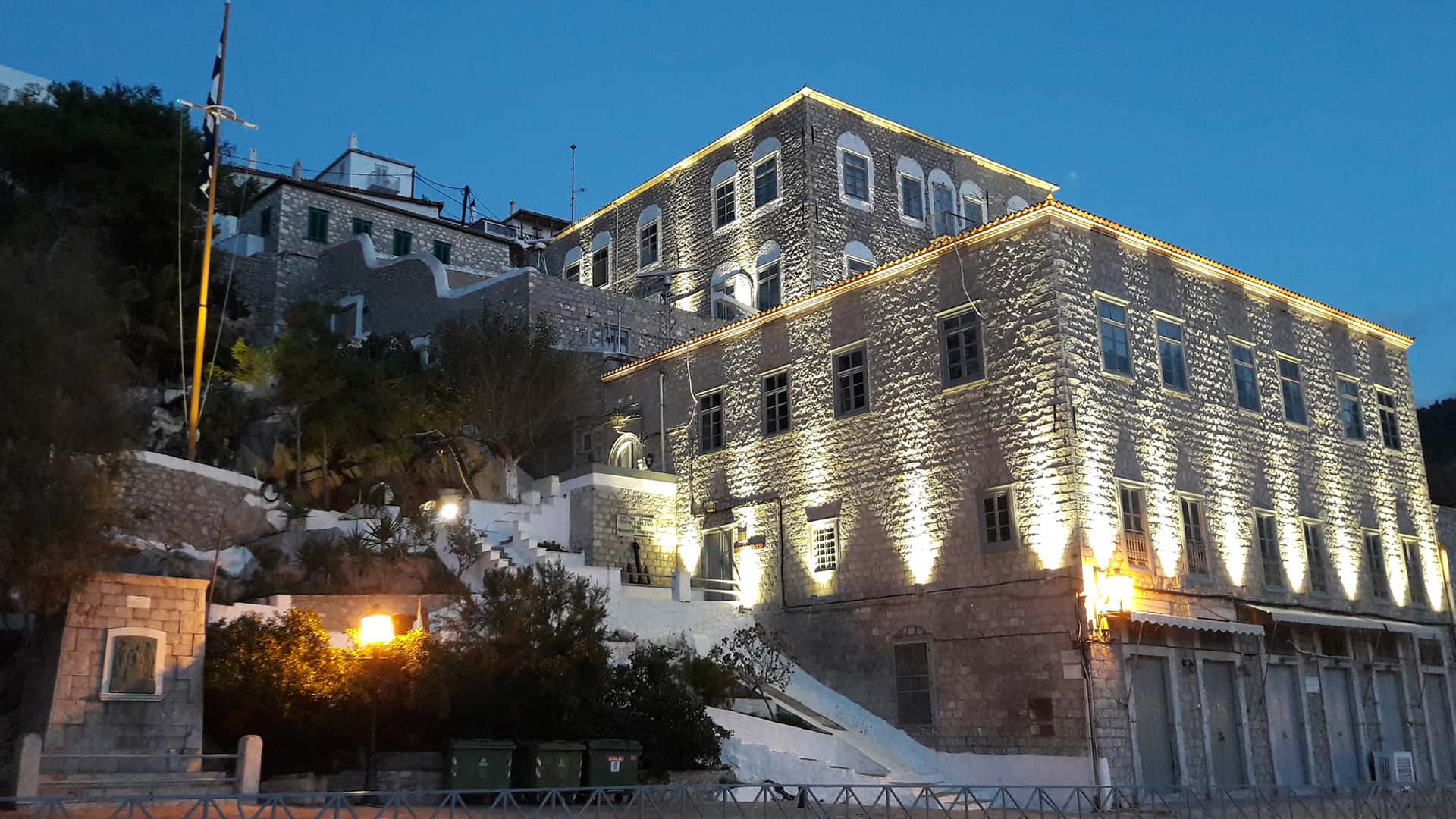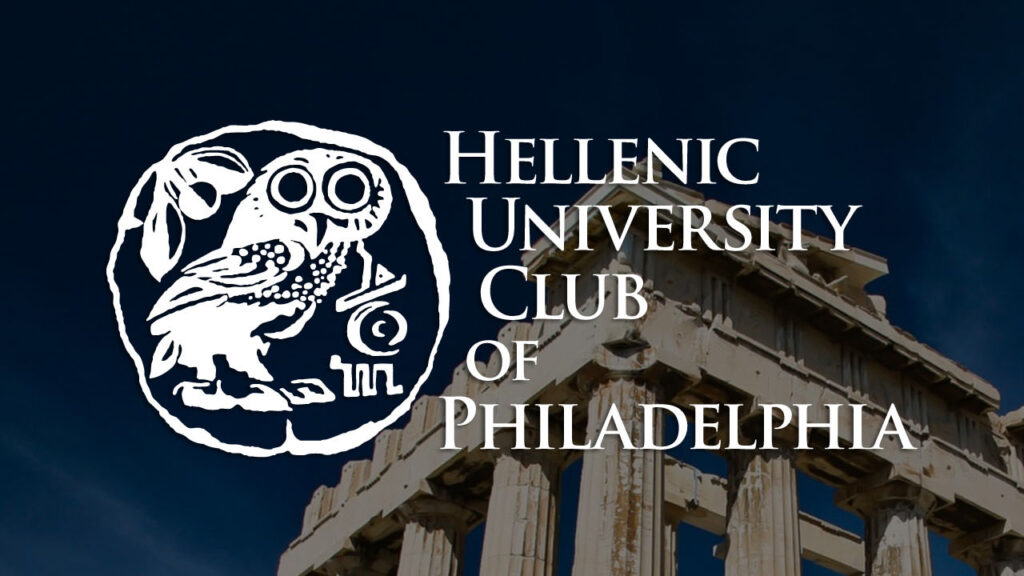For millennia Aegean islanders have plied the seas, seeking fortune on the water usually denied to them on land. At no time was this truer than during the era when Greeks groaned under foreign rule, that four-century period when the Turks and Venetians controlled Greece.
The Greeks, too, learned to pilot the politics of the late Ottoman Era with the same deftness as their ships, and from often inauspicious beginnings, great fleets, fortunes, and stories were built. Hydra is perhaps the best example of this, though I admit as a Hydriot, I may be biased.
An arid stone massif a few miles off the Peloponnesian coast, Hydra always hosted a small pastoral population perched on rocky escarpments away from its poor harbors. As turmoil increased on the Greek mainland, more refugees fled to Hydra, and the inhabitants, like Greeks from time immemorial, took to the sea.
Unlike other Greek islands, Hydra did not have a naval history, or much-recorded history, at all prior to the 1600s. According to tradition, the first ship was built in 1657, rather ungainly and with—so the story goes—plaited vines for lanyards. Despite the lack of pedigree, the Hydriots were quick studies, and they also invested in their nautical skill. They understood the value of technocracy.
In 1749 a Hydriot named Ioannis Sourmpas established a school in the district of Upper Kamini in Hydra town, at the present St. George school. This institution would become the Hydra Nautical academy around 1800, training centuries of marine merchant captains up to the present day. The school reflected an increasing emphasis on education as a means of advancing personal and national agency. It was a time when many prominent Greeks, both in the homeland and the Diaspora, invested in educational facilities “back home.”
In the beginning, academy instructors were often foreigners, particularly Italians and Portuguese, teaching several subjects in addition to nautical arts, particularly foreign languages. As often happens when a Xeno (foreigner) encounters Hydra, many of the instructors “went native,” including participating in the titanic struggle of the Greek War of Independence.
The Hydriots that plied the waves and fought the Barbary Pirates—and then the Turks—were not merely talented amateurs honed by experience. They were increasingly technocrats educated in navigation and commerce, and these factors would prove decisive in making Hydra a Mediterranean shipping heavyweight. When the fight for freedom came, they put their ships to the service of the nation in its struggle for freedom.
Though Hydra’s naval primacy receded after the War of Independence, the Nautical School remained, turning out hundreds of classes of skilled mariners for Greece’s growing merchant fleet, centered on key Greek islands such as Chios, Andros, Syros, Kasos, and Cephalonia. Graduates of Hydra’s nautical school were the “Gold Standard” for a fleet with global horizons. Until 1930 the school operated as a private institution, the “Hydra Shipping Union,” supported by the global Greek shipping community, which greatly esteemed their graduates.
In 1930 the Nautical Academy moved from its original site to its current venue, in the slate grey Tsamados mansion overlooking the Hydra quay. The Greek state took over the academy’s operation, but the sense of volunteerism which characterized the institution continued. For example, Evangelos Tsigkaris donated one of his ships, the Agios Georgios, for the cadets’ summer training, a point of pride for his grandson, Evangelos Tsigkaris, also a proud graduate of the Nautical Academy. Another grandson, Dimitrios Tsigkaris, has written an excellent book in Greek on the Nautical Academy.
Hydra academy graduates distinguished themselves for their calm bravery in the charnel house of the Battle of the Atlantic during World War Two, where far too many met a watery demise. The Greek merchant fleet, the world’s ninth largest in 1939, suffered near 70 percent losses but emerged, as a Phoenix from ashes, after the war due to a series of synchronous events.,
Despite nearly three thousand deaths at sea, Greece still possessed many highly skilled captains and seamen anxious to get back in the game. The United States embarked on a crash-building program to replace the ships lost to U-Boats and achieved a logistical miracle with the Liberty and Victory Ships. In a brilliant move of enlightened self-interest, the US government sold off surplus ships after World War Two to allied nationals under extremely favorable terms, and savvy Greek shipowners went “all in,” buoyed by global reconstruction and the growth of international trade, confident that there captains and seamen were the best. Greeks made fortunes, large and small.
With each year, the Hydra Nautical Academy turned out graduates eagerly snapped up by the Greek Merchant fleet, which by 1970 had become the world’s largest, a position it still holds after fifty years. In 1976, Hydra Nautical Academy alumni established the Captains’ Club for graduates, showing devotion to their institution reminiscent of Ivy League graduates in the US. (see www.hydracaptainsclub.gr
These graduates have reason to be proud, they are custodians of a tradition into its third century, part of the “secret formula” that made Hydra an international shipping phenomenon, and Greeks owners of the world’s largest merchant fleet. Confidence and competence are a winning duo in any era. The story of Hydra, which we will celebrate with the Bicentennial of the Greek War of Independence, is as much a story of “how” Hydra did it as “what” Hydra did. A key part of Hydra’s success—and that of Greek shipping—is due to the skills and traditions embodied in the Nautical Academy.
Many thanks to Captains Evangelos Tsigkaris and Demetrios Tsigkaris for their invaluable knowledge about their beloved Nautical Academy. Honor is due.








